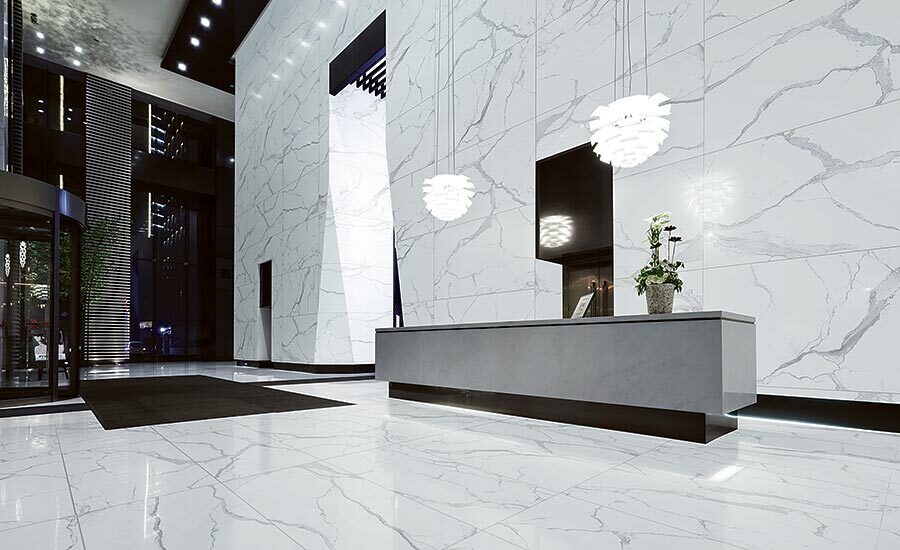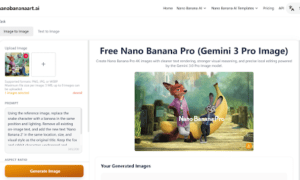Whether it’s a boutique hotel, a fine dining restaurant, or a luxury resort, how a space looks and feels has a direct impact on how guests behave, interact, and ultimately, how satisfied they are with their experience. While great service and comfort are essential, the subtle power of Hospitality Design often plays a bigger role than many realize.
First Impressions Matter: The Power of Entryways and Lobbies
The design journey begins the moment a guest steps through the door. Lobbies and entrance areas are not just transitional spaces; they set the tone for the entire stay. High ceilings, natural light, calming color palettes, and inviting furniture can communicate luxury, warmth, or relaxation, depending on the brand’s identity. On the other hand, cluttered or poorly lit entryways can cause guests to feel uneasy or confused about where to go.
Design elements like scent, lighting, and music in the lobby can also influence emotional responses. Pleasant aromas and ambient lighting are shown to decrease stress levels and make guests feel more at ease, enhancing first impressions and encouraging longer stays.
Wayfinding and Spatial Flow: Making Navigation Intuitive
Good hospitality design helps guests intuitively understand how to navigate a space. Strategic placement of signage, thoughtful lighting, and open sightlines make it easier for guests to find their rooms, the restaurant, or amenities without confusion. When guests don’t have to ask for directions repeatedly, they feel more independent and comfortable.
Furthermore, the spatial layout can influence behaviors. For instance, placing a coffee bar or communal table near the check-in area encourages social interaction and gives solo travelers a chance to engage, fostering a more inclusive atmosphere.
Room Design: Comfort Meets Functionality
In hotel room design, every detail—from bed placement to the type of lighting—affects guest satisfaction. Ergonomically designed furniture, blackout curtains, soundproof walls, and ample storage space contribute to a feeling of comfort and control. A well-designed room minimizes stress and enhances the sense of escape and privacy. This is especially true for a boutique hotel, where personalized touches and locally inspired design elements often create a more intimate and memorable guest experience.
Technology integration is another crucial factor. Smart lighting, climate control, and easy-to-use entertainment systems can elevate the stay, especially for tech-savvy guests. When guests feel their design caters to the lifestyle and needs, satisfaction soars.
The Influence of Restaurant and Bar Layouts
In hospitality settings where food and beverage service is central, design can dictate how long guests stay, what they order, and how much they spend. For example, open kitchen concepts allow diners to watch chefs in action, creating transparency and entertainment. Meanwhile, cozy booths can encourage intimacy and longer stays, while communal tables promote social interaction among strangers.
Acoustics also play a role. A noisy dining environment can lead to discomfort, while soft background music and sound-absorbing materials enhance the ambiance, allowing guests to converse easily and enjoy their meals.
Emotional Connections Through Aesthetic Design
Design can evoke powerful emotions and memories, which in turn create lasting impressions. A resort designed with natural materials and biophilic elements—like indoor plants and water features—can evoke a sense of serenity and connection with nature. Art installations, local craftsmanship, and unique decor elements can make a space feel special and memorable.
This emotional engagement is critical because it builds loyalty. A guest who feels a personal connection to a space is more likely to return and recommend the place to others.
Designing for Diverse Needs
Inclusive design is gaining momentum in hospitality. Spaces that consider accessibility, such as step-free entrances, tactile signage, and adaptable furniture, ensure all guests feel welcome. These considerations not only meet legal requirements but also show a brand’s commitment to inclusivity and care, which can significantly enhance guest loyalty.
Final Thoughts
Hospitality design is far more than just aesthetics. It is a strategic tool that shapes behavior, influences satisfaction, and determines whether a guest’s experience is memorable—for the right reasons. By investing in thoughtful, inclusive, and emotionally engaging design, hospitality providers can create spaces that not only look great but also feel right—inviting guests to relax, connect, and return.





























